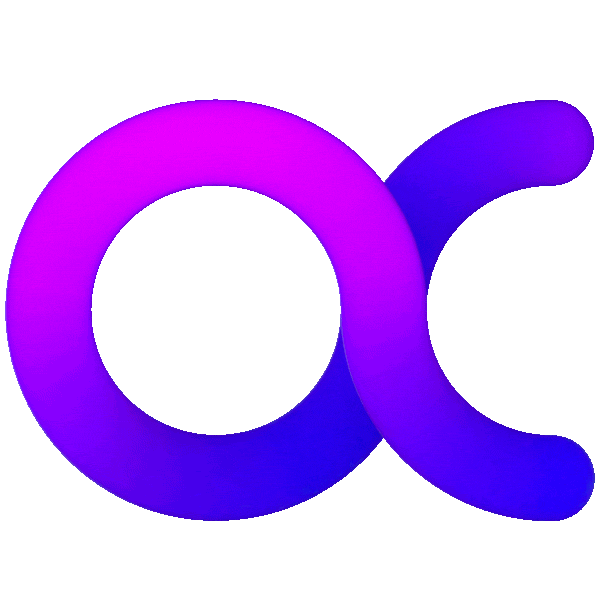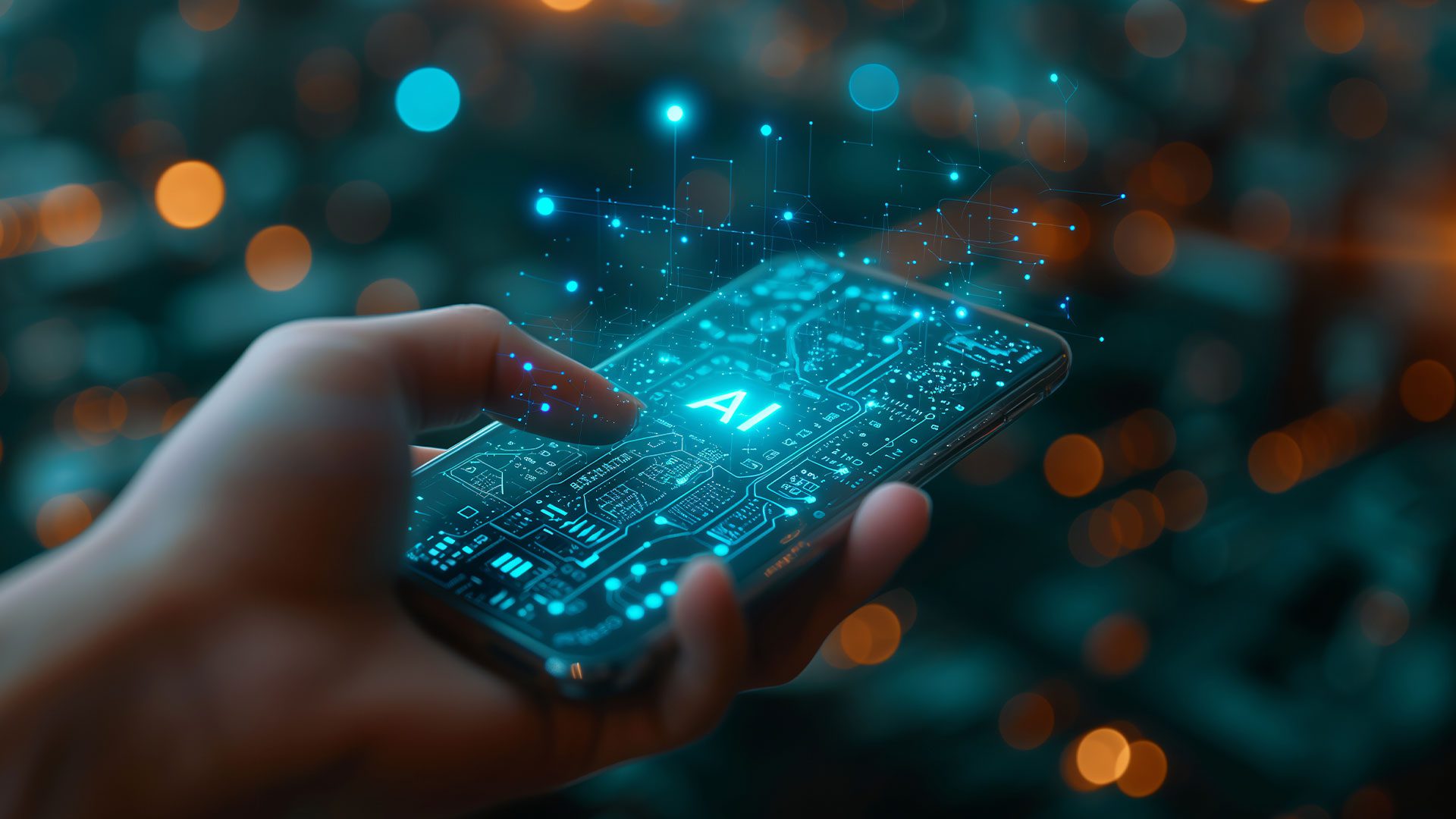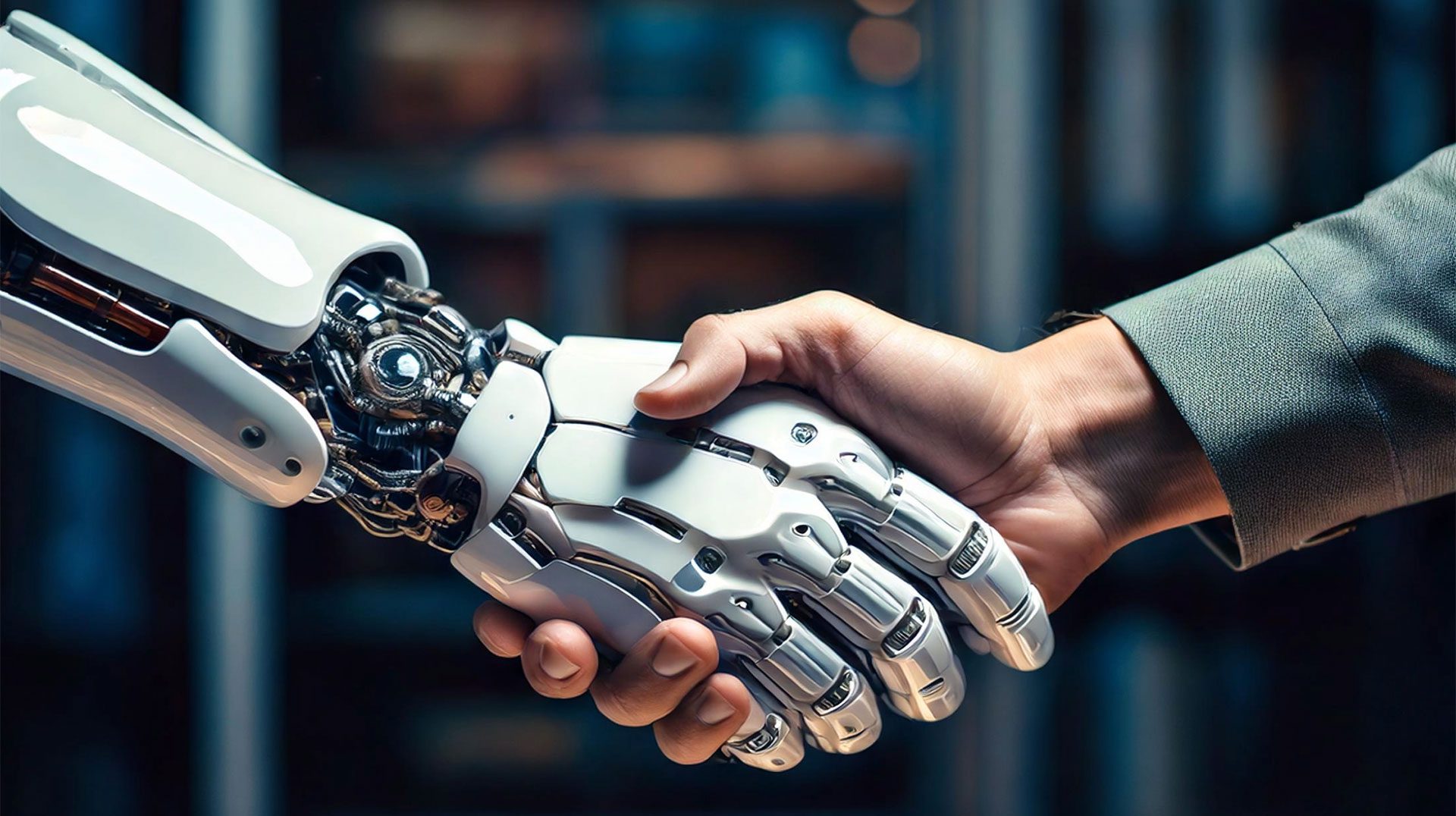For what seemed like forever, we all heard about the coming revolution that would be triggered by the continuing sophistication and maturity of AI software and the advanced algorithms that support it. Well, we’re not just hearing about what might be in the future – we are now seeing the fruits of what AI can accomplish in almost every phase of business and communications these days. Some AI tools have grown extremely robust and are capable of generating brand-new creative content for the Internet in a matter of seconds. Over the past 18 months, the proof has truly been evident in the pudding, as AI has been assigned to more and more actual business scenarios and processes. In virtually all these cases, AI has proven to be a stunning success, thereby validating its usefulness and its promise for even more AI innovation in the future.
Improvements in AI
What has happened over those last 18 months is that AI has become much more capable, by learning how to adapt to specific situations and processes much better. That has allowed developers and business executives to see more clearly how it can be used to improve many of their processes and to be more economical as it does so. This means AI is branching out from some of its original obvious uses to include a great many more tasks that it can bring value to. Many product developers have now seen that AI can be extremely helpful in making their products better when included early on in the developmental stages of a product.
Whereas formerly we heard all kinds of predictions about what AI might be able to accomplish, now we’re seeing it involved in actual business scenarios and saving time and money for companies. The kinds of processes it gets used on seem only to be limited by the imagination of people in a particular industry because AI seems to be almost universally successful when given the chance to perform almost any task. In other words, AI design has finally reached a point where it’s no longer a pipe dream, but a stunning reality.
Optimizing business through AI
Of course, every new technology must be capable of crawling before it begins to walk, and AI is no exception. That’s why at the outset, many of the tasks it has been assigned are the most repetitive, tedious tasks. These are processes that take humans a great deal of time and may also be expensive to pay for. When they’re taken on by AI software, the same tasks can be done lightning fast, and at only a fraction of the cost it would take to have a human perform them. AI marketing is one of the most popular uses for software at present since it can moderate and evaluate tons of data very quickly and accurately, providing critical conclusions to decision-makers.
Another powerful usage of AI is in the design phase of business. Microsoft Designer is a tool that can be used to produce all kinds of visuals in response to a simple input phrase supplied by the user. Then the resulting visual can be modified as many times as necessary to suit the taste and the needs of the user. All this can literally be accomplished in seconds, and when you compare this to the creative process that would have been used just five years ago, the savings on time and money can be astounding. Anyone involved in product design can see the tremendous value that this kind of fast-learning tool could provide to a business that needs quick and accurate results.
Converting words into a workflow
Another very exciting capability of AI that’s getting more attention now is the ‘Power Automate’ feature. Some AI tools are so sophisticated that they can listen to an instruction given, and generate a workflow that results in a desired action being taken. For instance, you can tell AI to send you a text message whenever you get an email from your supervisor, and this ensures that you’ll never miss an important communication and that you react to it promptly. You can also have AI ‘listen’ to meeting participants, and then create accurate transcripts, meeting summaries, recording action items, and identifying the most commonly used phrases.
Anyone who has a computer can be using Microsoft Designer or Power Automate to produce their own AI-powered applications. As long as you have the requisite services running in your Microsoft Cloud, you can verbally instruct your AI software to generate a workflow, and it will actually invoke all the services necessary to accomplish the workflow. In essence, AI is reducing the heavy burden that has historically been placed on human employees, and accomplishing many of those tasks faster and more cheaply. That frees up human operators to perform more value-added tasks for the organization, and that should make every organization far more productive and profitable.




